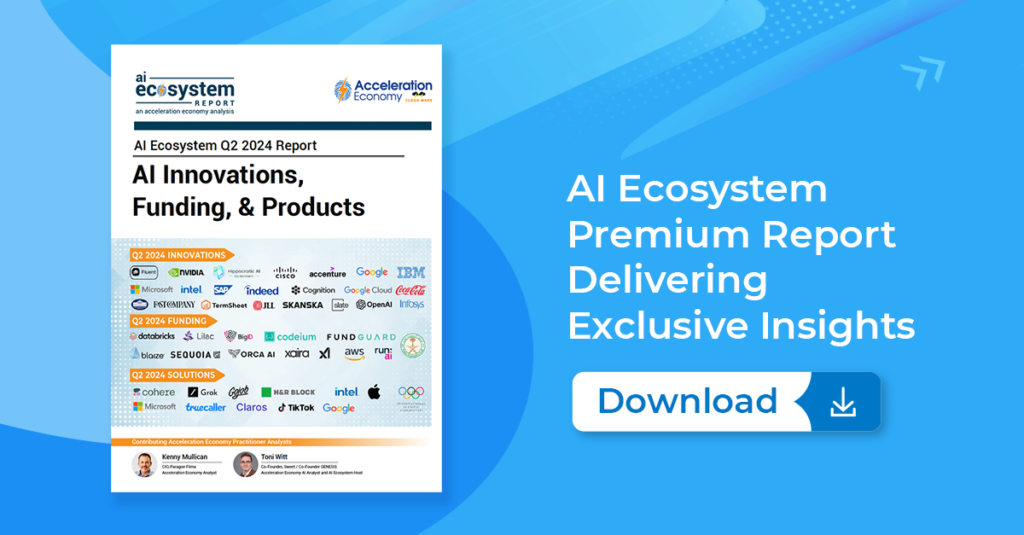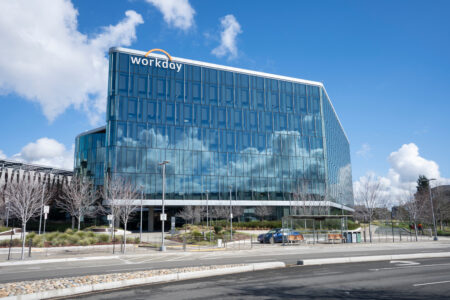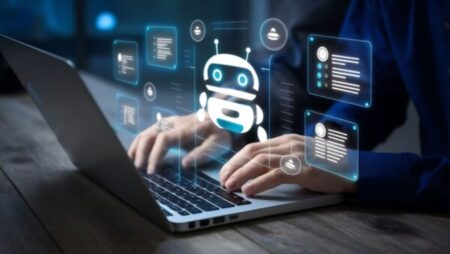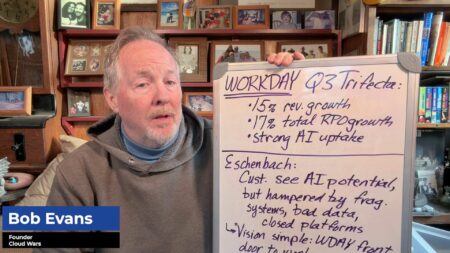This AI Ecosystem Report, featuring supply chain and procurement expert Joanna Martinez, an Acceleration Economy practitioner analyst, delves into the latest factors in supply chain disruptions and what measures executives can take to mitigate their impact.
Highlights
00:26 — A few months ago there was a big focus on shipping disruptions. Ships bound for the Suez Canal — main route for goods from Asia to Western Europe and the Eastern U.S. — were being attacked and had to be re-routed, incurring a lot more time and cost. Plus, a drought restricted the number of ships that could pass through the Panama Canal.
01:28 — The bridge collapse in Baltimore and a number of other factors also affected supply. Attacks are still going on, and some weather issues persist, and there are looming transportation worker strikes. The big takeaway: The disruptions aren’t quite over.
02:35 — Carriers are seizing this opportunity to once again raise prices — costs are four to six times what they typically have been to move goods from one part of the world to the other. Real costs have gone up but also, carriers made a lot of money during the disruption of the last couple of years and want to continue to make that happen. The market has even been called “Covid junior.”
03:21 — As procurement, logistics, and supply chain pros develop budgets for 2025, it’s important that you educate your executives and get as much accommodated as you can in the plans for next year. You can also get an assist from artificial intelligence, using AI tools to help you come up with alternative routes, optimize alternatives if something happens to the route you planned, optimize containers, decide where the best warehouses are for those to go, and more
04:22 — You also have the opportunity to make the case for nearshoring. To the extent you can get at least a portion of your supply base to be geographically close, you can help dampen these effects going forward.

The AI Ecosystem Q2 2024 Report compiles the innovations, funding, and products highlighted in AI Ecosystem Reports from the second quarter of 2024. Download now for perspectives on the companies, innovations, and solutions shaping the future of AI.










